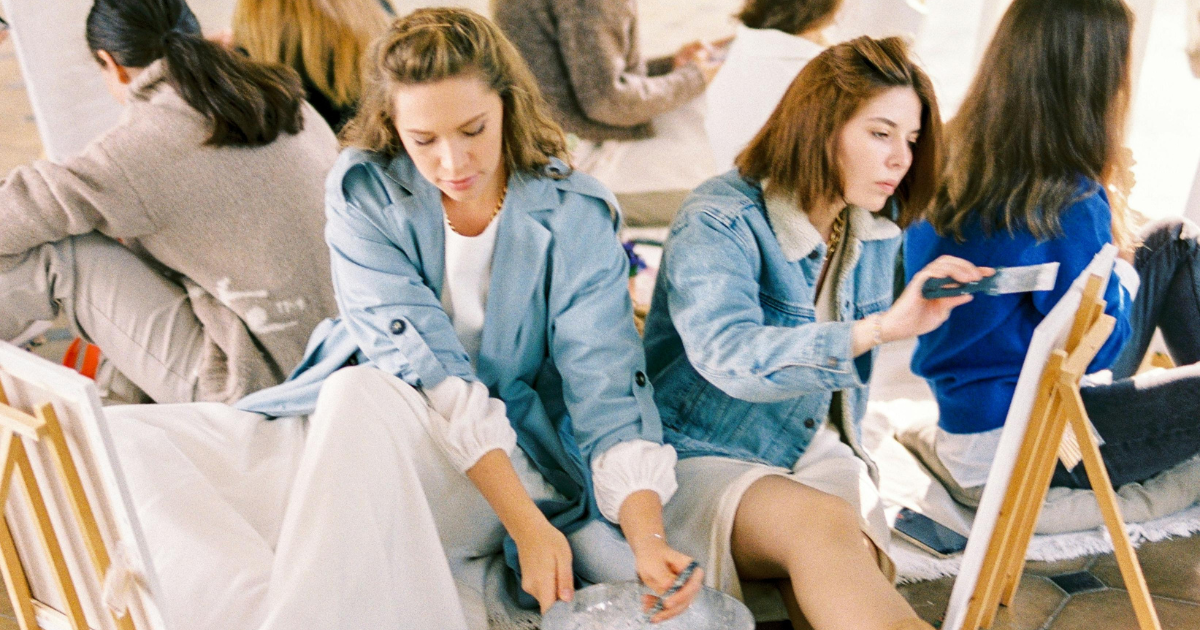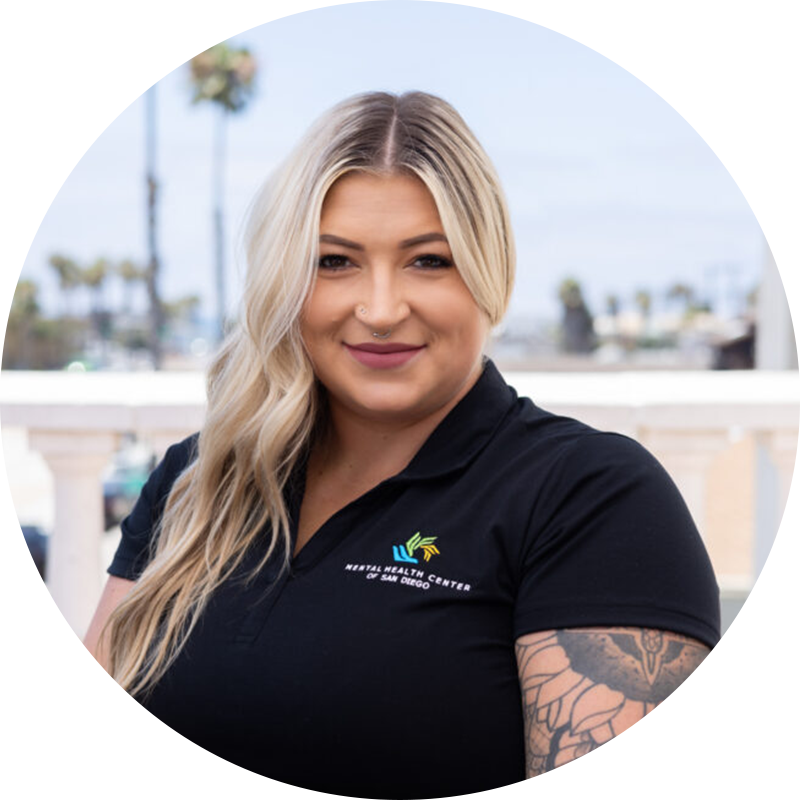Let’s face it, mental health is complex. There’s no one-size-fits-all solution, and honestly, healing takes a bit of everything. That’s why professionals often lean into group therapy because sometimes, having people around who “get it” makes all the difference. It involves more than just talking; you’re going to be seen, heard, and held accountable, in the best possible way.
Mental health group activities are tools that help people open up, feel supported, and take practical steps toward emotional and mental healing. Whether it’s working through trust issues or improving communication, these therapeutic group activities are based on real-world psychology and years of practice.
In this article, we’re diving into some powerful group therapy activities that just might change how you see healing.
How Group Therapy Activities Support Connection and Growth
Let’s start with the basics. In group therapy, each session has to make space for different people, different stories. So the activities are often designed to create room for everyone, no matter where they are emotionally.
There’s something powerful about sitting in a room and realizing you’re not alone. When that space is safe and free of judgment, it makes it easier to share. And that’s the magic: shared stories, emotions, struggles. They bring people closer in a very real way.
The cool part? These group therapy ideas for adults are flexible. They can be adapted based on the group’s comfort level, age, or goals. This adaptability keeps people engaged and ensures that no one feels like they’re being left behind.

Mental Health Center of San Diego
Popular Group Therapy Exercises for Adults
You don’t have to reinvent the wheel. Some activities have proven to work again and again when it comes to building trust, setting boundaries, or opening up.
These group therapy exercises for adults have been proven to work. Here are a few that really resonate.
Icebreakers, Check-ins, and Guided Conversations
The first session is almost always the hardest. Most people are nervous or unsure. That’s where icebreakers come in. They gently break the tension and open the door to connection.
- Group introductions can be as simple as telling a fun fact or sharing a small piece of their life.
- A classic “two truths and a lie” game gets people laughing and guessing. It’s fun and revealing all at once.
- Light prompts like “Would you rather be invisible or fly?” spark silly yet insightful conversations. They’re playful, but also telling.
When people start feeling like they belong, the real work can begin. Therapists should always go over the importance of confidentiality. It sets the tone: “Hey, this is a safe place.”
- A good check-in might include using an object or color to represent their current mood. It helps folks who don’t quite have the words yet.
- Try a values-sharing round. Ask participants: “What matters most to you right now?” You’ll get deep answers, and it sets the stage for goal setting.
- One of the more emotional but useful activities is writing a letter to your future self. It might feel awkward at first, but many find it grounding. These letters can be saved and revisited later to reflect on growth.
- Another one? Boundary visualization. Ask members to describe what their “safe space” looks like. It opens up dialogue about emotional boundaries in a very tangible way.
Creative and Therapeutic Group Activities for Anxiety
For those dealing with anxiety, mental health group activities that blend expression with coping strategies work wonders. CBT-based tools, mindfulness, and emotional awareness are the foundation here. Let’s break it down.

Art
- Joint Painting Session
A large canvas. Everyone contributes something. The result is usually a beautiful mess of colors and expression.
- Poetry Reading
Some participants love writing poetry. Give them space to express themselves. This is less about being a “good” writer and more about feeling heard.
- Music Appreciation
Ask each person to bring in a song that speaks to how they feel. Play it. Listen. Then talk about it. It’s surprising how much you can learn from lyrics.
- Exposure Therapy
This involves role-playing anxiety-inducing situations. This can be hard, but when done gently and with support, it’s transformative. Members can practice responses and gain confidence in a safe place.
Journaling
Dialogue journaling is a group activity where members write about their anxiety and then pass it to someone else to read and respond. It helps bridge distance and builds emotional literacy without the pressure of speaking.
Movement-Based Techniques
- Progressive Muscle Relaxation
A guided tensing and relaxing of muscles, this technique teaches people what it feels like to physically let go of stress.
- Mindfulness Training
Focused breathing, grounding exercises, and anything that pulls the participant into the moment. They are helpful for quieting racing thoughts.
- Controlled Breathing
Deep, rhythmic breathing lowers heart rate and activates the body’s natural calming response. It’s deceptively simple, but effective.
- Yoga
Gentle stretching and slow poses help participants feel more connected to their bodies. Even those new to yoga benefit from the movement.
Mental Health Center of San Diego
Psychotherapy Group Ideas That Encourage Vulnerability and Trust
To really build something meaningful, people need to feel like they’re safe being themselves. These psychotherapy group activities aim to create just that space. Trust isn’t instant, but these help move it along.
- Strength Identification
Everyone says something positive about someone else in the group. Sounds simple, but it can be incredibly moving. It helps build self-esteem and bonding.
- Sharing of Personal Stories
When one person shares, others follow. It creates ripples of vulnerability that connect everyone.
- Vulnerability Exercise
Members take turns sharing something they usually keep hidden. Not everything, just one real thing. It opens doors to compassion.
- Problem-Solving Tasks
Nothing bonds people like solving a challenge together. It can be a puzzle, a practical problem, or even planning something. Working together builds real-life skills.
- Conflict Resolution Activities
Yes, disagreements happen. Practicing how to talk through them, listen without judgment, and validate others? This is Invaluable.
- Goal Setting Exercises
Ask everyone to write down a goal. Something small. Then discuss how the group can support it. Shared purpose brings people together.
Adapting Activities for Different Mental Health Goals
No group is the same. No person is either. So activities need to be tweaked based on who’s in the room and what they’re struggling with.
| Mental Health Groups | Therapeutic Goals |
| Cognitive Behavioral Therapy | Address distorted thinking patterns and harmful behaviors |
| Depression-focused groups | Use group therapy exercises for adults to promote movement, connection, and hope. |
| Skill development groups | Focus on communication, emotional regulation, or practical daily skills |
| Trauma recovery groups | Move slowly and gently. Prioritize safety and consistency. |
Change what doesn’t work. Replace activities that fall flat. Track goals and celebrate progress, even the tiny wins.
Healing Happens in Community – Mental Health Center of San Diego Is Here
Trying to figure things out alone is exhausting. And it can take a toll on your mental health. Healing works better with support, especially when that support understands your struggles.
At Mental Health Center of San Diego, our mental health group activities are created around your needs. You’re not just a participant. You’re part of a healing circle.
Our licensed therapists listen, and every group therapy activity is done with intention, compassion, and care.
Want to talk? Contact Mental Health Center of San Diego today. You don’t have to do this alone.
Mental Health Center of San Diego
FAQs
What are the best mental health group activities?
That really depends on the group, but generally? Icebreakers, creativity, and shared storytelling are great starting activities. These activities should be flexible and personal.
How do group therapy activities help?
They give people a place to talk, listen, and heal together. These shared experiences build emotional muscles.
What are some fun group therapy exercises?
Art, poetry, movement, and things that are expressive but not too heavy. Even laughter has its place in healing.
Are group therapy activities effective?
Absolutely. They’re proven to reduce isolation, ease symptoms of anxiety and depression, and provide deep emotional relief.
What are therapeutic activities for anxiety?
Breathing exercises, yoga, writing, exposure therapy, and other group therapy ideas for adults that teach control over emotional spirals.









